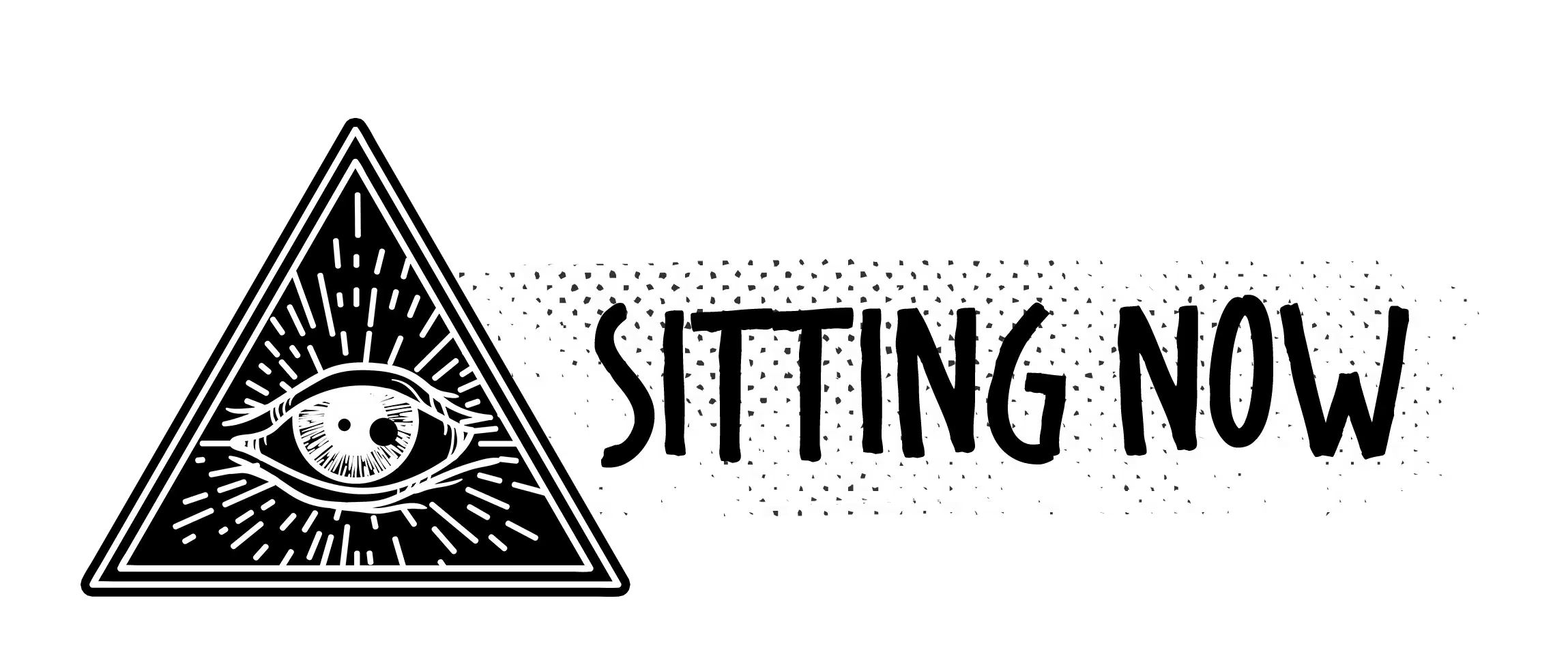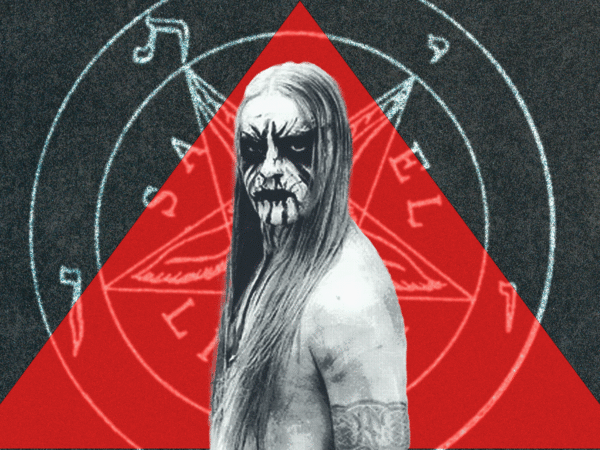If, like me, you’re a big fan of William Burroughs, then you’ll have heard him bang on (a lot) about cut-ups. He borrowed the idea from another very cool guy Brion Gysin, and together they paved a new path for experimentalists to explore the randomness of the universe. Now it seems some uncovered tape cut-ups are being exhibited in London:
28th May – 18th July 2010
Dead Fingers Talk is an ambitious forthcoming exhibition presenting two unreleased tape experiments by William Burroughs from the mid 1960s alongside responses by 23 artists, musicians, writers, composers and curators.
Few writers have exerted as great an influence over such a diverse range of art forms as William Burroughs. Burroughs, author of Naked Lunch, The Soft Machine and Junky, continues to be regularly referenced in music, visual art, sound art, film, web-based practice and literature. One typically overlooked, yet critically important, manifestation of his radical ideas about manipulation, technology and society is found in his extensive experiments with tape recorders in the 1960s and ’70s. Dead Fingers Talk: The Tape Experiments of William S. Burroughs is the first exhibition to truly demonstrate the diversity of resonance in the arts of Burroughs’ theories of sound.
listen to your present time tapes and you will begin to see who you are and what you are doing here mix yesterday in with today and hear tomorrow your future rising out of old recordings
everybody splice himself in with everybody else
The exhibition includes work by Joe Ambrose, Steve Aylett, Alex Baker & Kit Poulson, Lawrence English, The Human Separation, Riccardo Iacono, Anthony Joseph, Cathy Lane, Eduardo Navas, Negativland, o.blaat, Aki Onda, Jörg Piringer, Plastique Fantastique, Simon Ruben White, Giorgio Sadotti, Scanner, Terre Thaemlitz, Thomson & Craighead, Laureana Toledo and Ultra-red, with performances by Ascsoms and Solina Hi-Fi.
Inspired by the expelled Surrealist painter Brion Gysin, and yet never meant as art but as a pseudo-scientific investigation of sounds and our relationship to technology and material, the experiments provide early examples of interactions which are essential listening for artists working in the digital age.
In the case of the work in the exhibition the contributors were asked to provide a “recording” in response to Burroughs’ tape experiments. The works, which vary significantly in media and focus, demonstrate the diversity of attitudes to such a groundbreaking period of investigation.
Now this I am looking forward to.
Ken Eakins




